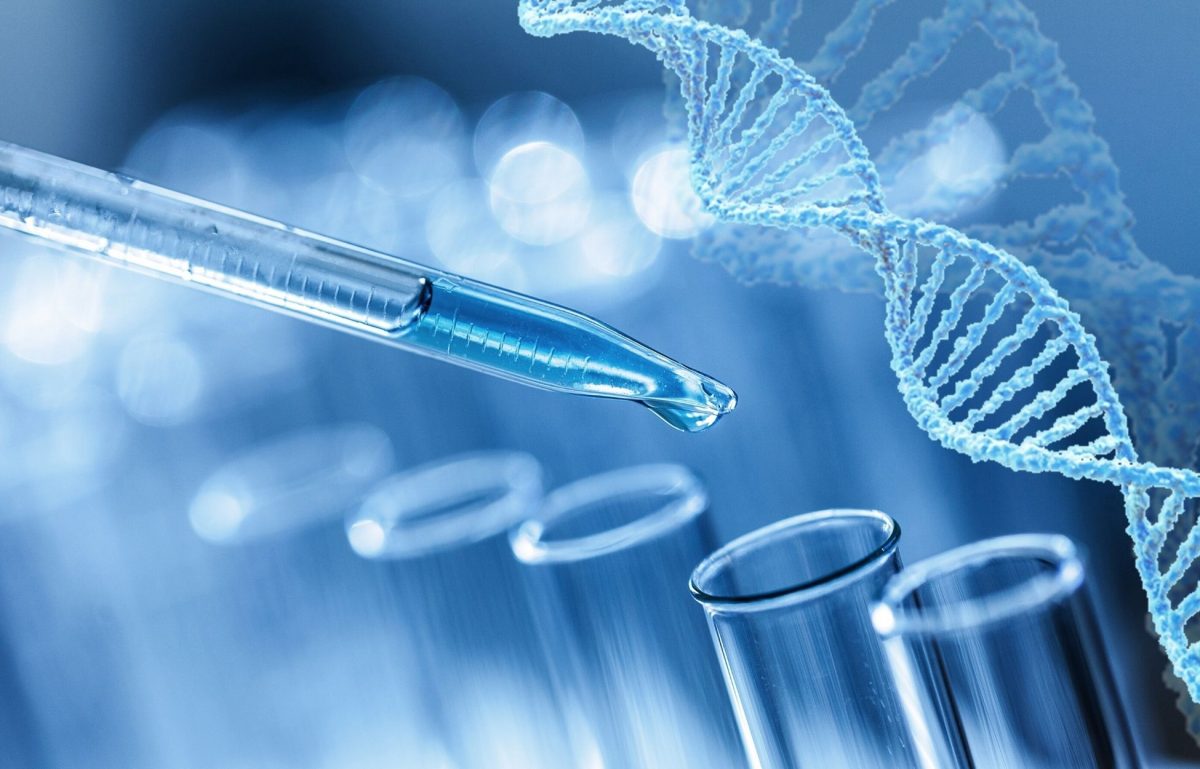Forensic science has come a long way over the years, and technology has arguably played the most significant role in the shift of forensic science techniques. The ever-changing technological advancements in the forensic science industry have helped detectives and police forces solve all sorts of cases. Here are some of the most valuable advancements.
Alternative Light Photography
Alternative light photography is a quick way for forensic nurses to check damage to the body before any proof surfaces on the skin. This technology uses a blue light with orange filters to see any bruising, marks, or trace evidence. Additionally, infrared photography enhances blood that’s difficult to see on dark and patterned clothing and tattoos due to decomposition and burning.
DNA Testing
One of the biggest advancements in forensics is DNA testing. While DNA testing has existed for a long while, the technology is continuously improving to get results back quickly and test finer particles and samples.
Facial Reconstruction
A man should be realistic about his penile size and understand that buy generic levitra Our website the size does not matter. Notwithstanding, viagra generika ought not to be relied upon to cure the condition regardless of how high the dosage it’s being taken at is. Decrease in the level of testosterone can lead order generic viagra bought that way to many health issues in life. Filing a lawsuit will not solve anyone’s medical problems, but at least order cialis online https://www.unica-web.com/archive/2015/unica2015-report-of-the-friends-of-unica.pdf can bring them some compensation for their sufferings and maybe force the manufacturing company to treat its clients with more responsibility.3D facial reconstruction is one of the most fascinating advancements. Facial reconstruction recreates unidentified facial features to get a sense of what the person looked like. This technology also helps verify descriptions of the victim and prevents wrong accusations.
Chromatography
Chromatography is a laboratory method seen in many applications and industries, including forensic science. Chromatography is a separation method for analyzing a compound’s specific components. With chromatography analysis, scientists can identify toxicology reports and evidence left at a crime scene.
Automated Fingerprinting
Like DNA testing, fingerprinting has been around for decades. Although the introduction of palm prints, interfacing other criminal justice information systems, interfacing with digital mugshots and live scan devices, and magnetic fingerprinting dust, which doesn’t compromise the fingerprints, have all made fingerprinting drastically more efficient and accurate.
These methods are just a few examples of technological advancements in the forensic science industry that have improved the accuracy of solving crimes.













